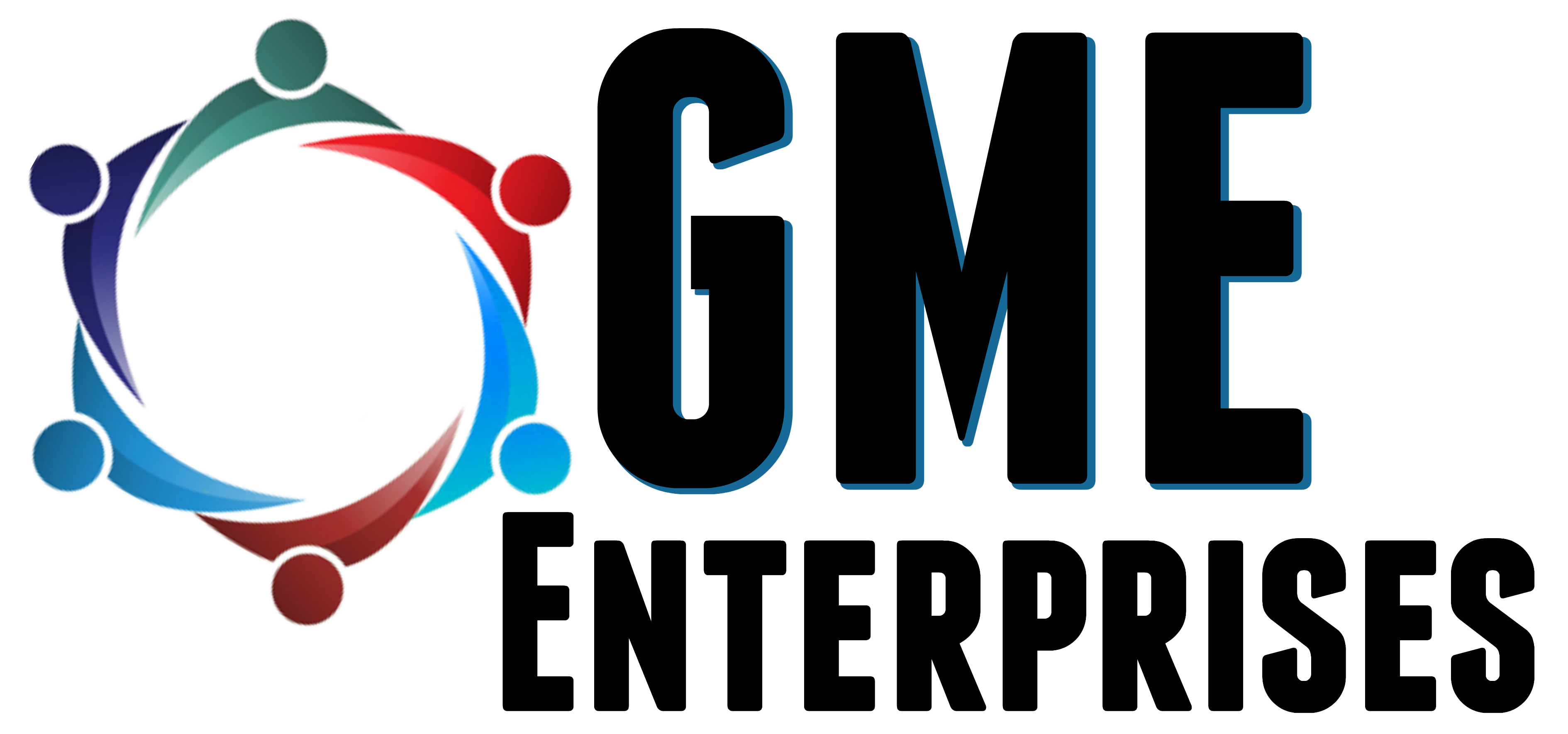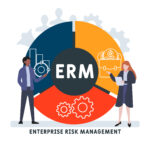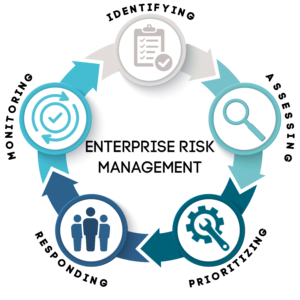The Importance of Enterprise Risk Management
Operating in times of uncertainty seems to be the new normal. Economic fluctuations, climate impacts, and disasters that once appeared distant are now in our backyard. Managing risk effectively is now imperative for organizations to be successful and sustainable. The practice of Enterprise Risk Management is more important than ever.
What is Enterprise Risk Management (ERM)?
ERM is a strategic approach that enables organizations to identify, assess, prioritize, and mitigate risks comprehensively, thus strengthening the ability of the organization to effectively manage through times of uncertainty and economic challenge. ERM also provides a foundation for organizations to explore and pursue new opportunities. ERM, as a practice, applies proactive and holistic principles for risk management with a recognition that all organizations face risks and need to have clear, integrated strategies for how risks will be prudently managed while also considering strategies for growth and sustainability.
GME Enterprises offers extensive experience in developing and implementing ERM frameworks and assisting with the execution of governance, internal controls, and guidance provided by ERM. Our team has worked with organizations that are at various stages on the maturity continuum of developing or enhancing their risk management capabilities. Because of our extensive experience and active engagement in the first, second, and third lines of defense, GME is also abreast of leading industry practices for effective Enterprise Risk Management.
At its core, ERM involves the following key components:
1. Risk Identification: The first step in ERM is to identify all potential risks that could impact the achievement of organizational objectives. This involves a thorough assessment of internal and external factors, such as market dynamics, regulatory changes, cybersecurity threats, supply chain disruptions, and operational vulnerabilities.
2. Risk Assessment: Once risks are identified, they need to be assessed in terms of their likelihood and potential impact on the organization’s objectives. This helps prioritize risks based on their significance, allowing resources to be allocated efficiently to address those with the highest potential impact.
3. Risk Mitigation: After prioritizing risks, organizations develop and implement risk mitigation strategies to reduce their likelihood or impact. This may involve implementing internal controls, enhancing cybersecurity measures, diversifying supply chains, securing insurance coverage, or developing contingency plans.
4. Monitoring and Reporting: ERM is an ongoing process that requires continuous monitoring of risks and their effectiveness of mitigation strategies. Regular reporting to key stakeholders, including the board of directors, senior management, and shareholders, is essential to ensure transparency and accountability in risk management efforts.
5. Integration with Strategic Planning: Effective ERM goes beyond mere risk avoidance or reduction; it also involves leveraging risks to create value and achieve strategic objectives. By integrating risk management into strategic planning processes, organizations can identify and capitalize on opportunities that arise from taking calculated risks.
Benefits of Implementing ERM
We have witnessed time and time again that organizations that integrate formal risk management frameworks and dedicated risk management resources as part of the fabric of their organization will enhance resilience, drive sustainable growth, and create long-term value. Other benefits include improved decision driven by an enhanced ability to make decisions based on informed risks vs. rewards trade analysis. Having an established enterprise risk management infrastructure can help the leadership team optimize resource allocation and minimize costs.
However, ERM implementation and ongoing improvement require ongoing diligence and recognition of an organization’s Strengths, Weaknesses, Opportunities, and Threats to develop a risk management organization that supports organizational objectives and is based on a culture of continuous improvement.
Our expertise and core skills relating to implementing ERM and other risk management frameworks have assisted clients of all sizes with enhancing organizational ERM awareness and executing a top-down strategic perspective of risks. Through our engagements, we emphasize that shared accountability for risk management extends across the organization. We focus on two overarching objectives; 1) that risks be identified and managed proactively to increase the likelihood that the organization will achieve its core objectives, and 2) to minimize the risk of loss (financial and reputational) that could arise from inadequate or failed processes, systems, human factors, or external events by development and implementation of robust ERM governance programs.
Contact GME today for a complimentary assessment of how your organization may benefit from the development or enhancement of your risk management practices.



Leave a Reply
Leave a comment and let us know what you think!